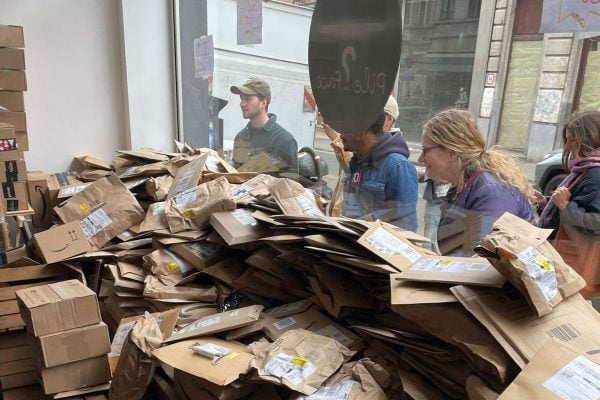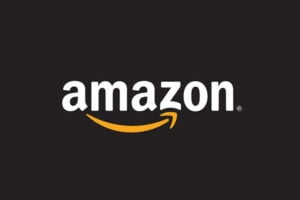 Amazon have been pushing Prime on consumers like never before reporting 53% last year growth in Prime membership in the last year. It’s predicted that by 2020 half of all US households will be subscribed to Amazon Prime.
Amazon have been pushing Prime on consumers like never before reporting 53% last year growth in Prime membership in the last year. It’s predicted that by 2020 half of all US households will be subscribed to Amazon Prime.
The downside of Prime for retailers has always been that the only way to get their products included has been to ship them off to an Amazon warehouse and use Fulfilment by Amazon (FBA) to get them to the consumer.
That’s obviously not ideal for many retailers, especially large retailers of the likes of Next, who already offer next day delivery if you order by 10pm in the evening. Next are never going to ship their stock off to Amazon FBA and Amazon appear to have realised this and reacting by relaxing Prime rules.
Amazon Prime without FBA
re/code reports that this year Amazon has been inviting retailers to offer their products through the Amazon Prime program without forcing them to use FBA!
This has massive implications – firstly it could massively increase the number of products available to consumers thus increasing the value of the Amazon Prime program, currently only around 10% of products on Amazon are availabel through the Prime program.
Secondly it increases attractiveness of selling on Amazon to retailers who otherwise might eschew Amazon entirely in favour of selling on their own website.
Finally (and this is potentially the biggie), it enables retailers to add products to Amazon Prime which would normally be excluded as they don’t meet the requirements for FBA. Oversize or heavy products which the retailer can happily deliver but Amazon don’t want in their warehouse could now be available through Prime.
Cost for sellers
Sellers are reportedly allowed to select which areas of the country they wish to ship to, as in the US Amazon Prime promises a two-day shipment this gives greater flexibility to retailers who can cover several States but can’t for example ship from the West to East coast of the States within the time limit.
There may be a cost/benefit equation for sellers to get their heads around. Whilst it may cost more to pay for expedited shipping, the uptick in sales from participation in Amazon Prime could make the slightly lower margins that much more attractive.
Pros and Cons for Amazon
The obvious benefit for Amazon is that, regardless of how many FBA warehouses they build, there’s a finite amount of space for Amazon to store, pick pack and ship goods. By allowing retailers to self fulfil under the Prime program it increases selection without adding to Amazon’s overheads.
The downside of course is that Amazon’s Prime promise is zealously enforced. If a Prime shipment is late, Amazon routinely add on an extra month’s Prime membership for free to the consumer. At $99 per year each late shipments effectively costs Amazon $8.25 (£79/£6.58 in the UK) and I know some people who complain every single time they get a late shipment and effectively get Prime for free!
Amazon will be without doubt monitoring the retailers offering the “Prime Promise” without the FBA element and will be booting them out of the program with little or no notice if they’re failing on a regular (or even intermittent) basis. Amazon will not want their Prime customers who spend anywhere between 20% and 50% per year more than non-Prime customers.
Would Prime without FBA tempt you?
It’s probably a pointless question as currently as far as we’re aware the Prime without FBA offer is to select US retailers only. It will be some time before we see it migrate to the UK and even then it’s likely to be offered to the top tier of UK retailers first. However the question is valid so, if offered would the ability to self fulfil and qualify for exposure to Amazon Prime tempt you to sell more products on Amazon or if you don’t already start selling on Amazon?











6 Responses
I have heard this is being offered to a very few merchants in the UK on a trial basis.
This is interesting, I’ve asked our Amazon sales support manager for more information.
For FBA orders the yearly cost of Prime goes towards the cost of the faster delivery service (as opposed to the lower cost free delivery option).
For merchant fulfilled orders will Amazon pass on some of the Prime fee to the seller to contribute towards the use of a faster delivery service?
Next charge £3.99 for next day delivery so 20 deliveries could be funded by the Prime fee.
With FBA prime orders are likely to contain multiple items, with merchant fulfilment the number of items per delivery will go down as customers may order from multiple merchants in the same transaction, each being a separate delivery.